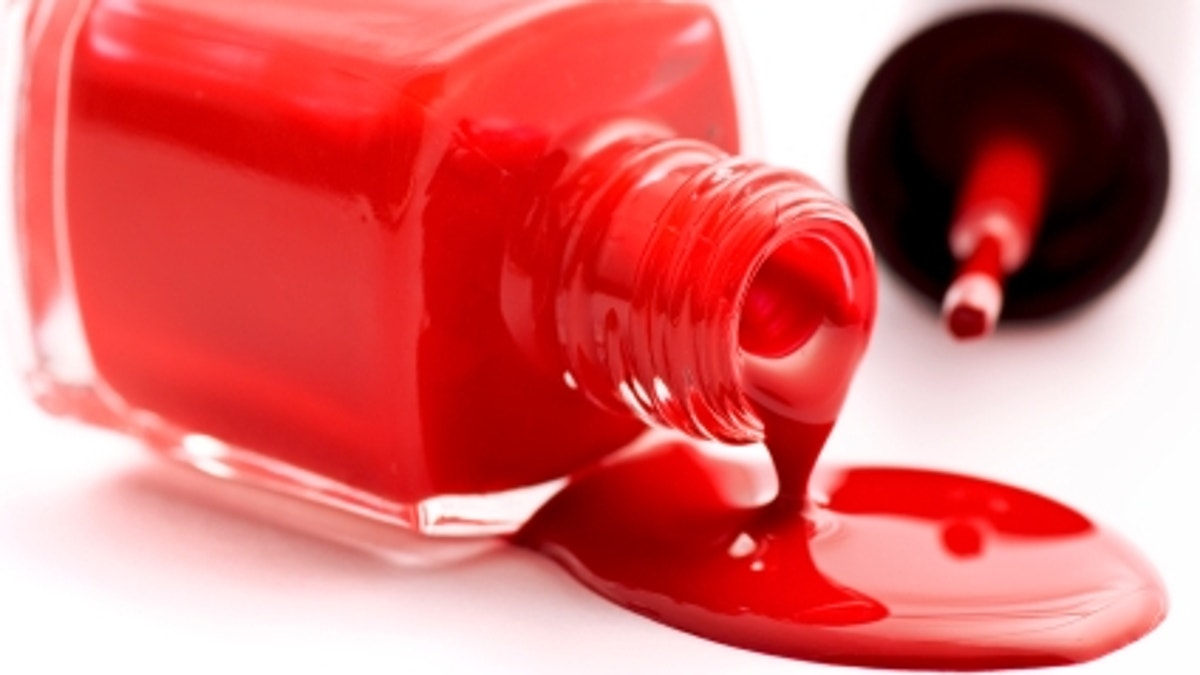
As incredible as it sounds in 2012, the International Agency for Research on Cancer (IARC) currently classifies more than 400 chemicals, many of which are used in consumer products, as carcinogens or probable or possible carcinogens. Some are pesticides and other chemicals found in food, but plenty are found in health and beauty products.
What that means is that when we when we brush our teeth, wash our faces, take a bath, shampoo our hair, or apply lipstick, we’re being exposed to chemicals that may be increasing our risk for cancer.
Under federal law, the term “personal care products” is divided into “cosmetics,” and “drugs.” The FDA regulates drugs, but cosmetics include skin moisturizers, perfumes, lipsticks, nail polish, makeup, shampoo, hair color, toothpaste and deodorant, are not currently subject to FDA approval before reaching the market. However, cosmetic companies do have a legal responsibility for the safety of their products.
The exception is personal care products intended to treat or prevent disease or affect the body’s function, or affect the way you look, that are classified as “drugs,” including dandruff or acne treatments, sunscreen products, antiperspirants, and diaper rash ointments; these require FDA approval prior to going to market. Some products, such as anti-dandruff shampoos and antiperspirant-deodorants are both cosmetics and drugs, and must meet the requirements of both categories.
For years, this ineffective system has allowed companies to use harmful and carcinogenic chemicals in their cosmetics and personal care products. There are too many of these chemicals to list here, but these are some of the most common:
Formaldehyde: This is classified as a known human carcinogenic by the International Agency on Research on Cancer (IARC). Used as an antiseptic in many products, including hair straighteners, it is also considered to be a preservative. It is estimated that about one-fifth of cosmetics and personal care products in the United States contain chemicals, such as the preservatives DMDM hydantoin and bronopol, that decompose and release formaldehyde. It has also been found that Americans develop allergies to these ingredients.
Parabens: These preservatives mimic estrogens, and they’ve been found in the breast cancer tumors of women. Like BPA, parabens are also considered to be endocrine disruptors; chemicals that affect hormones and endocrine development and have a transgenerational effect.
Phthalates: Used to produce soft, flexible materials, these chemicals are found in food packaging as well as plastic shower curtains, building materials, and cosmetics. They have an anti-androgenic effect in male animals, resulting in reproductive abnormalities such as decreased testosterone production, reduced sperm productive, and undescended testis. Studies of humans exposed to phthalates have found an association with male reproductive diseases similar to those found in animals.
Phthalates Linked to Diabetes Risk
Triclosan: These are antimicrobial pesticides in liquid soap or bar soap. Triclosans are also endocrine disruptors, altering thyroid function and reproductive hormones. In addition, overuse of triclosans may cause bacterial resistance.
BPA, parabens, phthalates and triclosans are also linked to obesity and diabetes, which are growing problems in the U.S.
Fortunately, some companies are taking action to provide safe personal care products. In August 2012, responding to the concerns and demands of consumers, Johnson & Johnson became the first major consumer products company to commit to removing a variety of potentially harmful chemicals, including formaldehyde, from its line of consumer products by the end of 2015. Neutrogena, Aveeno and Clean and Clear are all Johnson & Johnson products that will be included in this bold initiative.
It is my hope that other major cosmetic and personal care product companies will follow the good example of Johnson & Johnson in ridding its products of known carcinogens and other ingredients known or suspected to be harmful to adults and children.
In response to the Johnson & Johnson announcement, Estee Lauder stated that it is complying with all safety regulations. Because the FDA permits the use of carcinogenic and other harmful chemicals, Estee Lauder’s statement is not a commitment to selling cosmetics free of formaldehyde, parabens, and other harmful chemicals.
The late Evelyn Lauder was the courageous and generous founder of The Breast Cancer Research Foundation, an organization that provides millions of dollars each year for cutting edge cancer research. Certainly, the Estee Lauder company will be expected to respond by ensuring that its products are free of any harmful ingredients, especially those that are known or suspected of being carcinogenic.
Federal regulation of cosmetics is now on the horizon. In July 2012, the Safe Chemicals Act, landmark legislation sponsored by Sen.Frank Lautenberg, a New Jersey Democrat, was endorsed by a Senate committee. This act will phase out chemicals linked to cancer and reproductive abnormalities and will require new chemicals to be screened before going on the marketplace. It will also require manufacturers to fully disclose ingredients and give FDA the authority to recall dangerous products. We should all contact our congressional representatives to demand that this important act is passed. We can also lobby the companies selling personal care products to take action now.
The Safe Chemicals Act would end the disastrous effects of chemicals that will pass from one generation to another.
We would like to think that when we take a shower, shampoo our hair, or apply makeup, we are doing so without inflicting harm to ourselves.
Being clean and pretty should not oblige us to increase our risk of cancer.
Dr. Margaret I. Cuomo, is the author of "A World Without Cancer," a provocative and surprising book about the ways that profit, personalities and politics obstruct real progress in the war on cancer—and one doctor’s passionate call to action for change.
